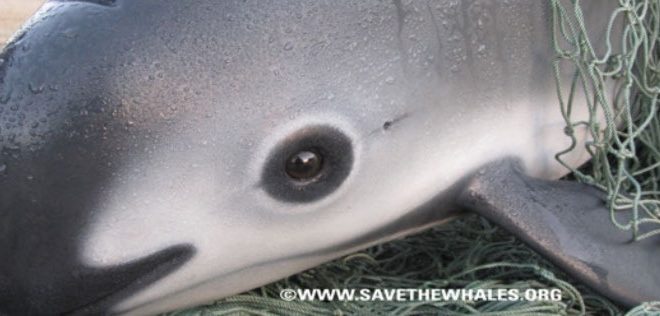GOOD NEWS: NO DECREASE DETECTED IN VAQUITA POPULATION!
Thomas A. Jefferson, Director of VIVA Vaquita
A team of marine mammal researchers and conservationists have just returned from the most recent vaquita survey, which occurred in May 2023, using a combination of visual and acoustic methods to detect the porpoises. Although earlier surveys had always detected a decrease in numbers, this most recent survey found similar numbers to what were detected in 2021 (the time of the last survey). Overall, there were 16 sightings and 61 acoustic encounters of vaquitas. The best estimate of the number of vaquitas in the survey area was 10-13, including 1-2 young calves, and since the animals are known to use areas outside this zone, the total population size is most likely higher than that.
Although this number is still frighteningly low, the best indications are that the vaquita population may no longer be declining, and this is the first time in decades in which such a result has been indicated. This is undoubtedly the best vaquita news we have heard in many years!
Another promising indication is that gillnet fishing activity in the area was much lower than observed in previous surveys. While some of this surely has to do with seasonal differences (this survey was in the spring; previous ones were in the autumn, when shrimp fishing usually occurs), there is also some suggestion that the concrete blocks placed on the sea bottom in the area by the Mexican Navy are keeping fishermen out of the area. This provides new hope for the survival, and even recovery, of the species, especially if a larger area is fitted with the concrete blocks. The next steps are to push the Mexican government to step up protection efforts for the vaquita, and to continue periodic surveys to assess the population. Though some people have already written the species off, this new information shows that the remaining vaquitas are surviving and still reproducing, despite the problems our species is causing them. Let’s change course, and help them to survive and prosper!
Powered byolive oil and skin care
Powered byWordPress Error Fix
Powered by502 Bad Gateway Error WordPress




